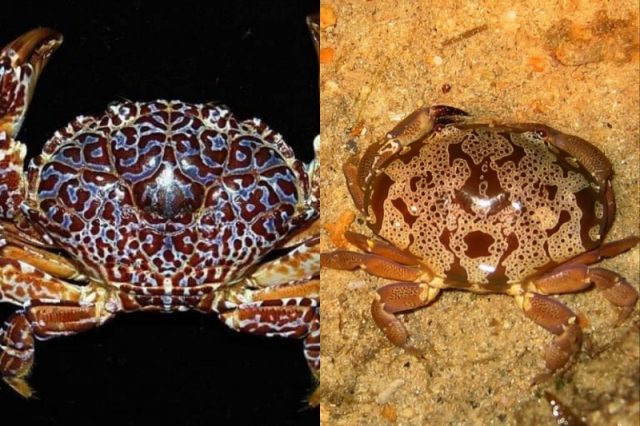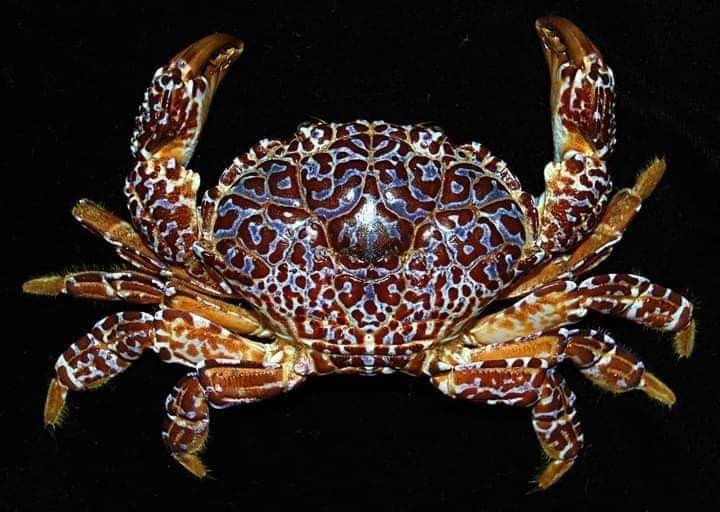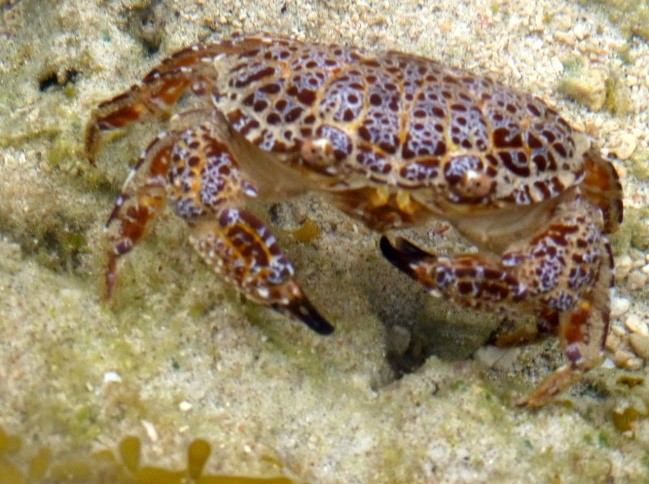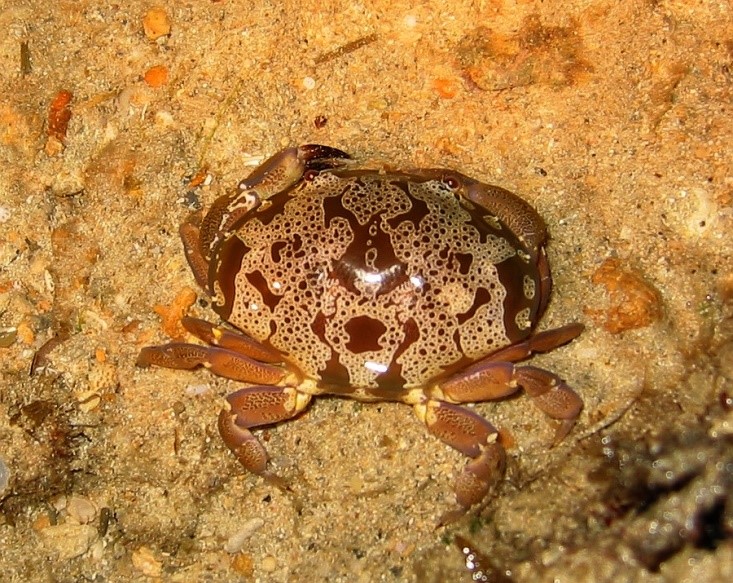Devil, floral egg crab: BFAR issues warning vs consumption of poisonous crabs

SPONSORED ARTICLES
A regional office of the agricultural department’s Bureau of Fisheries and Aquatic Resources (BFAR) warned the public against consuming certain types of crabs or “kasag” due to poison risks.
BFAR-Region 9 on Saturday, July 8 released an infographic featuring two crab species, the Zosimus aeneus and Atergatis floridus, that they said are poisonous to humans.
Zosimus aeneus is also also known as the devil crab or devil crab reef crab. Meanwhile, Atergatis floridus is known as the floral egg crab.
“Huwag kumain ng ganitong uri ng ‘kasag,’” BFAR-Region 9 said in its infographic.
The bureau identified them as the “kagang,” “kuray,” and “kalas-kalas.”
It added that the Zosimus aeneus’ meat and shell have a “significant concentration of neurotoxins including tetrodotoxin and saxitoxin.”
The Atergatis floridus, on the other hand, has a shell and meat that contain “tetrodotoxin and gonyautoxins.”
These are the symptoms of poisoning, according to BFAR-9:
- Numbness of tongue and the surrounding lips
- Difficulty breathing
- Tightness of chest
- Vomiting, drooling, and thirstiness
- Dizziness
- Change in sense of taste
- Blurry vision
- Headache
- Diarrhea and stomach ache
- Difficulty in speaking and swallowing
- Extreme paralysis of muscles that may result in loss of consciousness and death
The bureau advised those experiencing the symptoms mentioned should be rushed to the nearby hospital.
The bureau credited the source of the information to the BFAR-Region 1.
The warning came after BFAR-Region 9 on Saturday offered its “sincerest condolences” after a resident from Liloy, Zamboanga del Norte died from consuming devil crab. His family members were also hospitalized at the Zamboanga City Medical Center.
The bureau said that apart from the devil crab, the public should also refrain from consuming the floral egg crab.
“Studies revealed that these species of crabs were known to be containing significant concentrations of neurotoxins including Tetrodotoxin (TTX), the chemical compound responsible for the toxicity of Puffer Fish or ‘butete’ and Saxitoxin (STX), known to be paralytic shellfish toxin commonly associated with Paralytic Shellfish Poisoning (PSP) due to the phenomenon called Harmful Algal Bloom (HAB),” it added.
The bureau also said that “no amount of cooking or heating can destroy or remove” the toxins found in such crab species.
“Hence, the bureau would like to continually warn the general public not to gather and consume these types of crabs from the wild to avoid any repeated unfortunate circumstance and further advises to only buy and consume fish and other fishery produce from legitimate sources in public markets and establishments,” it added.
The office also shared pictures of the particular crab species that should not be consumed.
The following are the images of the devil crab:


The bureau said the devil crab “has distinctive patterns of brownish blotches on a paler background.”
Meanwhile, the floral egg crab appears like this:

The bureau said it has “an oval, relatively narrow carapace which has a smooth surface and smooth margins.”
“The carapace is greenish or greenish-blue-brown and is marked with a pattern which resembles lace and is made up of a fine network of fine white or yellow white lines, resembling a shawl,” it added.
“It has large claws which are equal sizes and which are smooth with black spoon-shaped tips and which may be larger in males than females,” it further said.
The devil crab and the floral egg crab live in coral reefs and are distributed in the Indo-Pacific from East Africa to Hawaii.
Devil, floral egg crab: BFAR issues warning vs consumption of poisonous crabs
Source: Political Elections PH
Walang komento